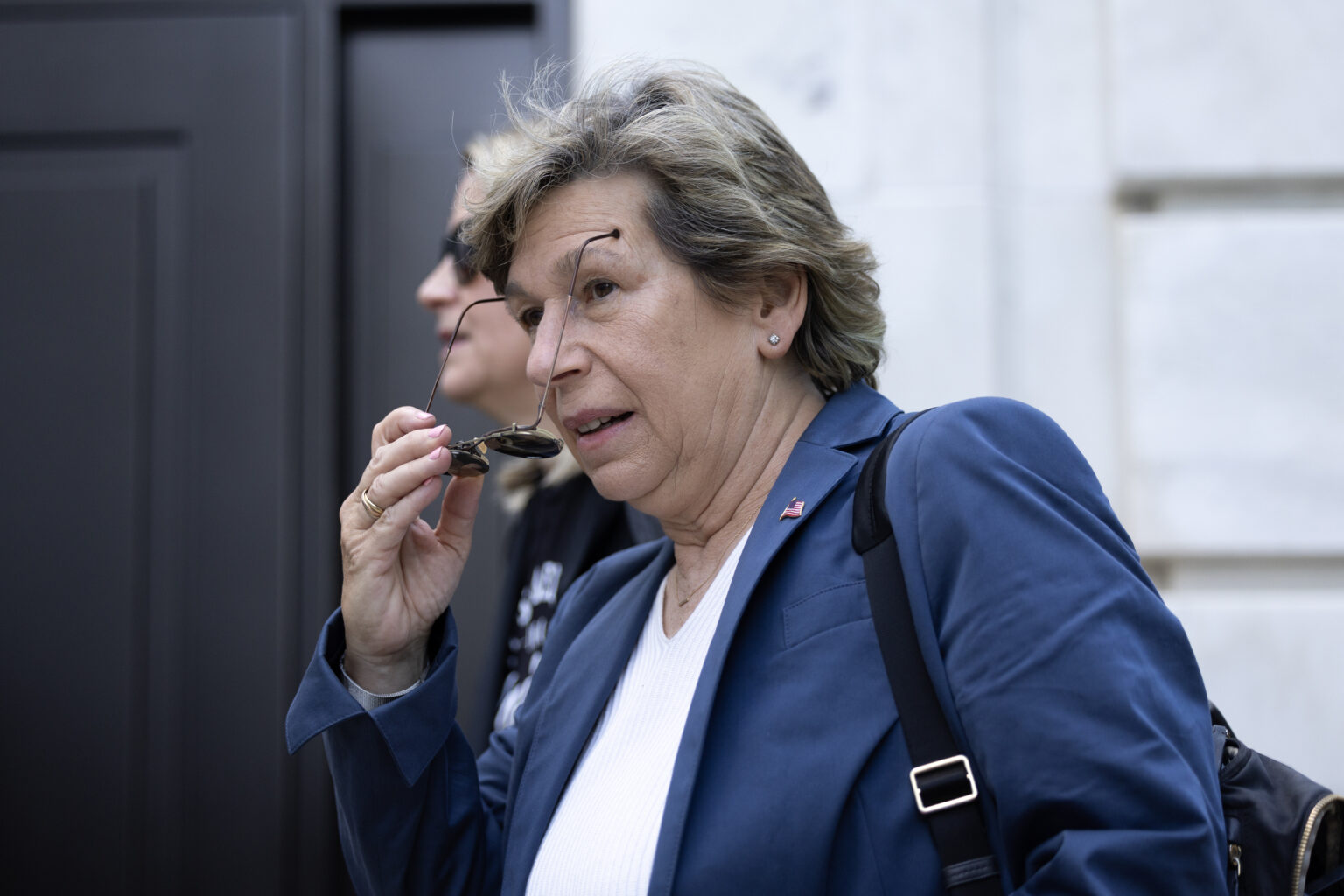Internal Strife Surfaces as Key Labor Leaders Depart from the Democratic National Committee
Recent developments within the Democratic National Committee (DNC) highlight growing internal tensions, exemplified by the resignation of prominent labor union leaders. Randi Weingarten, head of the American Federation of Teachers, and Lee Saunders, president of the American Federation of State, County and Municipal Employees, have both chosen to step away from their roles as at-large members of the DNC. Their departures come amid disagreements with Chair Ken Martin and reflect broader divisions within the party’s leadership.
Disagreements and Political Alignments Fueling the Rift
Both Weingarten and Saunders publicly declined to continue their service on the DNC’s Rules and Bylaws Committee, a decision that underscores their dissatisfaction with the party’s current trajectory. Notably, both leaders supported a different candidate for the chairmanship this year, opposing Martin’s preferred choice. Their support for rival candidates and subsequent removal from the committee by Martin have intensified the internal discord.
Their official statements, obtained by The Washington Post and initially reported by The New York Times, reveal a party grappling with ideological and strategic disagreements. Weingarten’s letter, in particular, signals her concerns about the direction the party is heading, especially regarding efforts to broaden its appeal and engage diverse communities.
Weingarten’s Concerns and Her Departure
In her letter dated June 5, Weingarten expressed her pride in being a Democrat but acknowledged her misalignment with the current leadership’s approach. She stated, “While I am proud to be a Democrat, I appear to be out of step with the leadership you are forging, and I do not want to be the one who keeps questioning why we are not enlarging our tent and actively trying to engage more and more of our communities.” Her decision to step down reflects her desire to distance herself from the party’s evolving strategies.
Having served on the Rules and Bylaws Committee since 2009, Weingarten’s departure marks a significant shift, especially given her vocal support for progressive activist David Hogg, who recently resigned from his role as DNC vice chair after a contentious dispute with party officials. Her backing of a rival candidate for DNC chair, Ben Wikler of Wisconsin, further illustrates her divergence from the current leadership, with insiders noting her alignment with alternative visions for the party’s future.
Lee Saunders’ Stand and the Broader Context
Similarly, Saunders articulated his stance in a letter dated May 27, emphasizing the challenges faced by public service workers amid increasing political attacks. He wrote, “This moment demands unwavering focus,” and expressed his decision to decline the DNC nomination out of respect and a commitment to fighting the battles ahead. Saunders’ departure underscores the importance of labor unions in shaping the party’s direction and highlights the ideological divides within the Democratic ranks.
Controversies Surrounding Young Activist Hogg
The internal conflicts extend beyond leadership disagreements. David Hogg, the young activist elected as DNC vice chair earlier this year, has stirred controversy by endorsing progressive candidates through his independent political organization. His efforts to challenge established Democratic lawmakers in primaries have resonated with a segment of the party seeking generational change but have also provoked resistance from traditionalists.
Hogg’s bold moves led to tensions with party officials, notably with Ken Martin, who privately expressed frustration, claiming Hogg’s actions had “destroyed any chance I have to demonstrate the leadership I need.” These comments, leaked to Politico, sparked accusations that Hogg was secretly recording conversations-an allegation he denied. Facing mounting pressure, Hogg announced his intention to resign from his vice chair position after DNC members voted to reopen the vice chair election process.
Implications for the Democratic Party’s Future
The recent resignations and public disagreements signal a period of introspection and potential realignment within the Democratic Party. As key figures voice their concerns and step away, the party faces the challenge of reconciling diverse factions-ranging from traditional labor allies to progressive activists-while maintaining unity ahead of upcoming elections. The evolving dynamics suggest that the party’s leadership must navigate ideological divides carefully to foster a cohesive strategy moving forward.
In an era marked by shifting political landscapes and increasing polarization, the internal struggles within the DNC serve as a microcosm of broader debates about the party’s identity, priorities, and future direction. How the party addresses these internal conflicts will likely influence its ability to mobilize voters and implement effective policies in the years to come.

